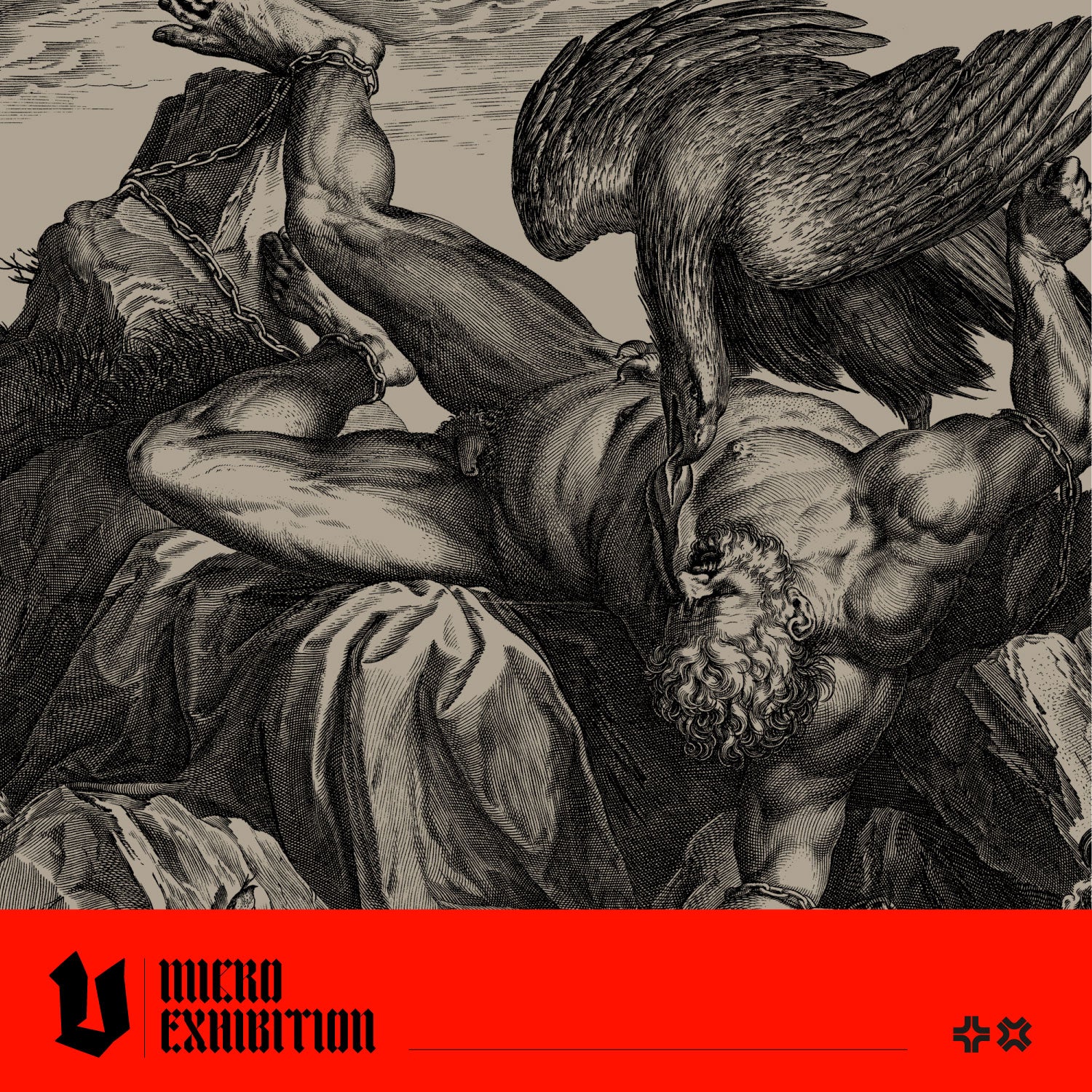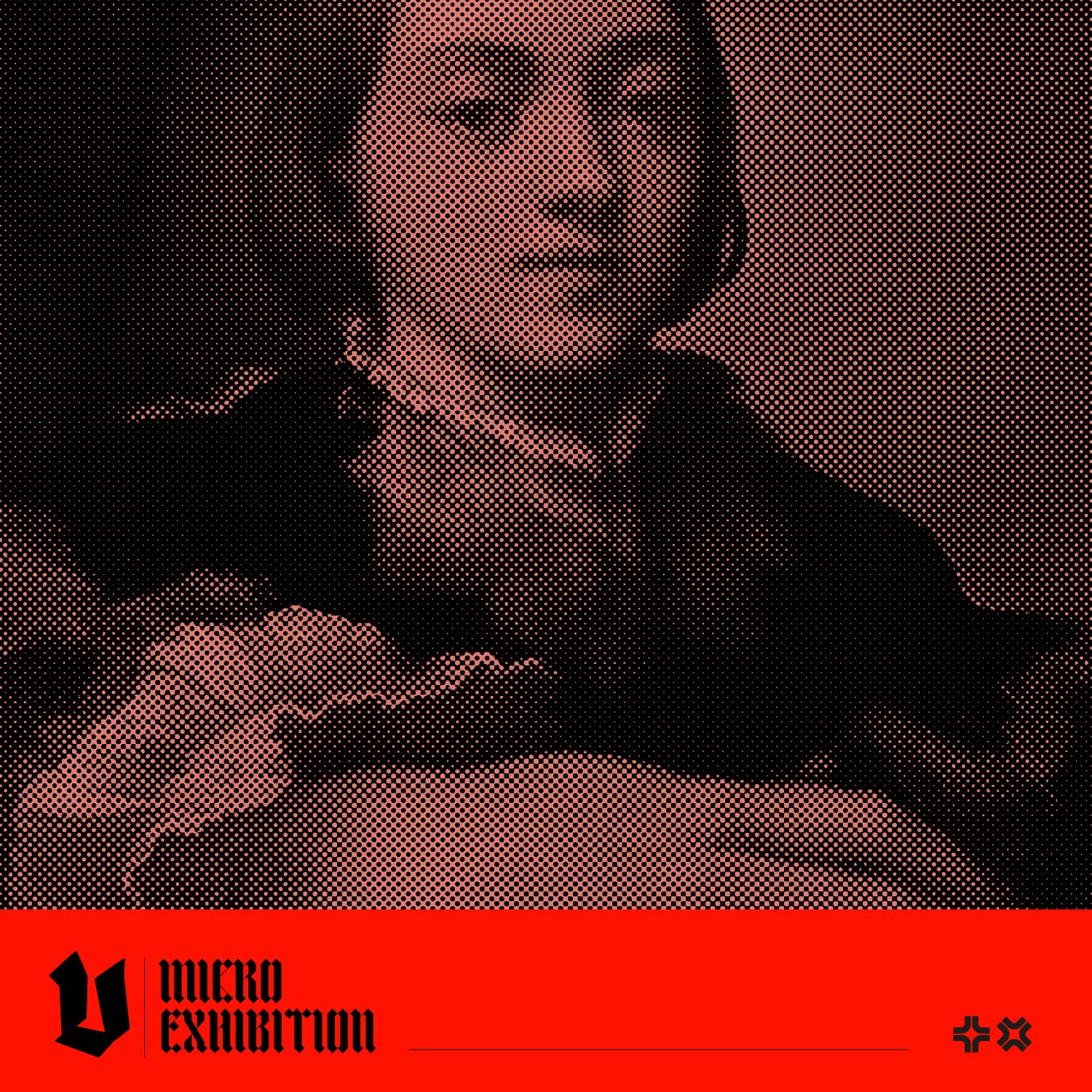Gruesome Tales from Greek Mythology
The captivating tales from Greek and Roman mythology have enthralled people for generations and the fantastical adventures of gods, mortals and legendary creatures have inspired artists and creators over the centuries. In this post, we delve into some of the most gruesome and fascinating tales from Greek mythology, focusing on the legends of Prometheus, Achilles, and Cronos. We've chosen some exceptionally detailed illustrations from our title; Greek and Roman Mythology, an Image Archive for Artists and Designers to illustrate these stories.
Prometheus and the Wrath of Zeus
Prometheus was a prominent figure in ancient Greek mythology. He was one of the Titans - the original ruling deities the Olympian gods overthrew. His name means 'forethinker', and he was renowned for his intelligence and role as a champion for humanity. Prometheus was also known for his rebellious nature and defiance of the gods.
Zeus asked Prometheus to make the first humans from clay and to teach them how to offer animal sacrifices to the gods. Zeus wanted to ensure humanity gave the best parts of the animal to the gods, but Prometheus had other ideas. He divided the parts of the sacrificial bull into two distinct piles. The first heap comprised the desirable cuts of meat and the hide (to make clothing). Prometheus concealed these goodies in the bull's pungent guts and stomach. The second pile contained bones and gristle, which Prometheus wrapped in fatty meat, making an appealing-looking package. Zeus picked what he deemed the better portion - the stack with the fatty flesh. However, as he removed the layers of tissue, he realised he was tricked into leaving behind the superior part of the sacrificial bull.
Zeus was aware of Prometheus' fondness for humanity, and to punish him for his audacity, Zeus forbade humankind from having access to fire. As a result, the human race faced immense struggles, shivering in fear and the biting cold. They lacked the divine traits of the gods, and without the warmth and protection of fire, they were exposed and weak. Prometheus felt compelled to assist humanity. He stealthily crept into the workshop of Hephaestus, God of Blacksmithing and Fire. Taking a single spark of the gods' fire from the forge, he stored it within a hollow fennel stalk. He brought the spark back to the humans and taught them valuable skills to help them be strong, progressive and industrious.
As punishment, Prometheus was sentenced by Zeus to eternal torture. He was chained to a rock, and an eagle would come to eat his liver daily, which would regrow every night. Check out an artist interpretation in the below image from Greek and Roman Mythology, an Image Archive for Artists and Designers. This torment continued for 30 years until Hercules saved him by killing the bird and breaking his shackles. Prometheus helped Hercules by telling him the secret location of The Apples of the Hesperides, the eleventh quest in Hercules's famous Twelve Labours.

|
Achilles and the Fall of Troy
Achilles was a hero of ancient Greek mythology and a prominent figure in the Trojan War. He was the son of the goddess Thetis and the mortal Peleus. According to legend, Thetis dipped Achilles in the river Styx to make him immortal; however, the heel that she held him with remained vulnerable, hence the phrase "Achilles' heel".
Achilles was known for his exceptional strength, bravery and military prowess. He led the Myrmidons, a group of fierce warriors, into battle and was considered virtually unbeatable in combat. His most famous exploit was the slaying of Hector, the Trojan prince, a pivotal moment in the Trojan War. When Patroclus (his friend, lover or cousin, depending on the account) was killed by Hector, Achilles vowed to avenge his death. Despite being warned that going after Hector would result in his demise, Achilles challenged Hector.
Hector's royal parents watched helplessly from the walls of Troy, urging their son to seek refuge in the city. But Hector declined, hoping instead to reason with Achilles and end the conflict without further bloodshed. Achilles refused, obsessed with getting revenge for the death of Patroclus. Achilles chased Hector around Troy three times, determined to catch him and exact his vengeance. Apollo gave Hector the strength to stay ahead of Achilles. However, Athena, the goddess of war and wisdom, assumed the form of Deiphobus, one of Hector's trusted brothers, in order to manipulate him into facing Achilles in battle. Using her divine powers to mimic the appearance and voice of Deiphobus, Athena urged Hector to confront Achilles and fight for his honour. Believing that his brother was by his side, Hector launched his spear at Achilles, but missed his target. Disoriented from the failed attack, Hector turned to his supposed ally for another weapon, only to find that "Deiphobus" had vanished into thin air. It was at this moment that Hector realised he had been deceived by the gods, and that his fate had been sealed.
Hector proposed that whoever emerged victorious from the battle - be it he or Achilles - would show respect to the other person's remains and return them to be given a proper burial. Achilles rejected the proposition stating that there was no love or truce between them until one of them had tasted the blood of the other. Achilles emerged victorious and ended the battle by plunging his sword into Hector's throat. Hector uttered a prophecy, foretelling Achilles' death at the hands of Paris and Apollo.
Achilles looted and desecrated Hector's body. His followers gathered around Hector's corpse and viciously stabbed it with their swords. Achilles tied Hector's body to the back of his chariot and dragged it around Troy, where the anguished Trojans witnessed and mourned. You can see this in the below image from Greek and Roman Mythology, an Image Archive for Artists and Designers. Aphrodite and Apollo intervened to shield his body from decay, disfigurement and attacks from wild dogs. It wasn't until 12 days later that Priam approached Achilles with a ransom for Hector's body.
This disrespectful act ignited the wrath of the gods, and Achilles ended up dying from an arrow shot into his heel by Hector's brother, Paris.

|
Cronos, the Devourer of Children
Cronos, was a deity in Greek mythology who was considered the leader of the first generation of Titans. He was the son of Uranus and Gaia, and he is best known for overthrowing his father and taking his place as the ruler of the cosmos.
His parents foretold that his offspring would overthrow him, just as he had dethroned his father. To prevent this prophecy from becoming a reality, he ingested his children as soon as they were born, as depicted below in this painting; Cronus devouring one of his sons, 17th-century oil painting by Peter Paul Rubens. However, his sister and wife Rhea managed to trick him by hiding their youngest son, Zeus, and giving him a stone to swallow instead.
As Zeus grew older, he developed a well-crafted strategy to outwit his father. With the help of Gaia, he obtained an emetic which he administered to Cronus, causing him to vomit up the contents of his stomach in order. The first object to be expelled was a stone, followed by his siblings, the gods Demeter, Hestia, Hera, Hades, and Poseidon. This act paved the way for Zeus to ascend to power, becoming the king of the gods.
 |
Interested in Learning More?
The legends of Prometheus, Achilles, and Cronos are a few of the many compelling stories detailed in Greek and Roman Mythology, an Image Archive for Artists and Designers.
Get Greek & Roman Mythology, available as a physical book or eBook. This pictorial archive from Vault Editions brings the tales of Greek and Roman mythology to life. This volume contains 135 downloadable images of your favourite gods, goddesses and heroes, including Hercules battling vicious monsters, Theseus slaying the minotaur, the torture of Prometheus, Medusa's downfall at the hands of Perseus, Atlas carrying the weight of the world on his shoulders and Zeus hurling lightning bolts from his fists. It also features beautiful renderings of Mercury, Poseidon, Apollo, Hera, Athena, Achilles, Artemis and many more.
Image Download Included:
Each book has a unique download link providing instant access to 135 high-resolution files of all featured images. These images can be used in art and graphic design projects or printed and framed to make stunning decorative artworks. We promise you will love this impressive pictorial archive.
Plus, each copy includes a free Vault Editions Skulls and Anatomy sample pack.
This book is an essential resource for any graphic designer, tattooist, fantasy artist, illustrator or collage artist looking to take their artwork to the next level.

|




